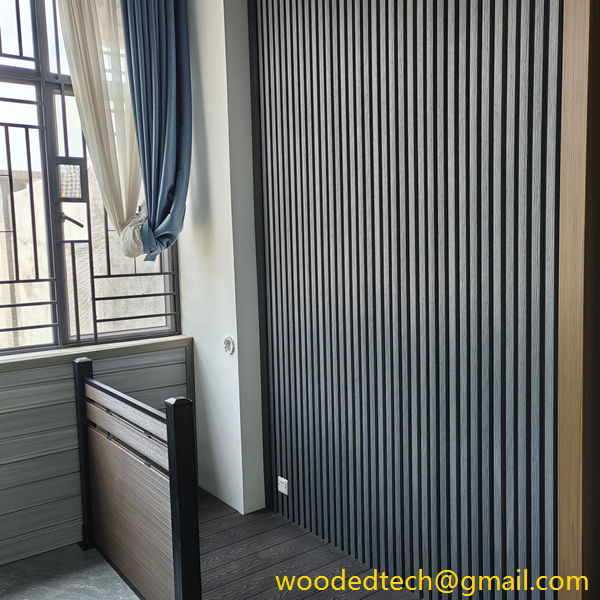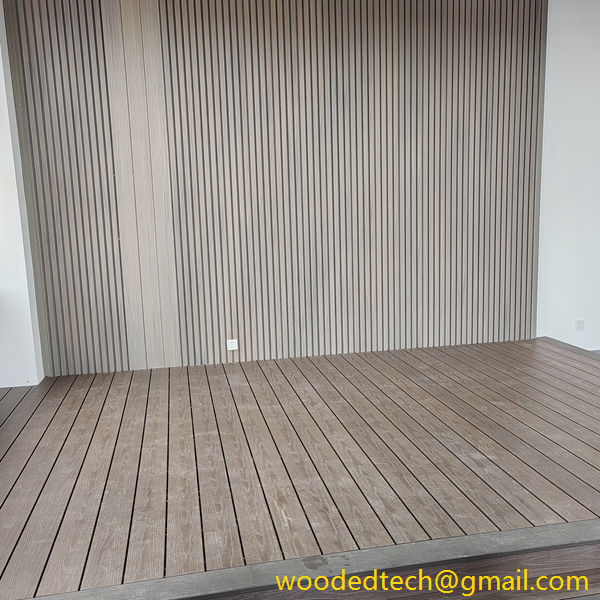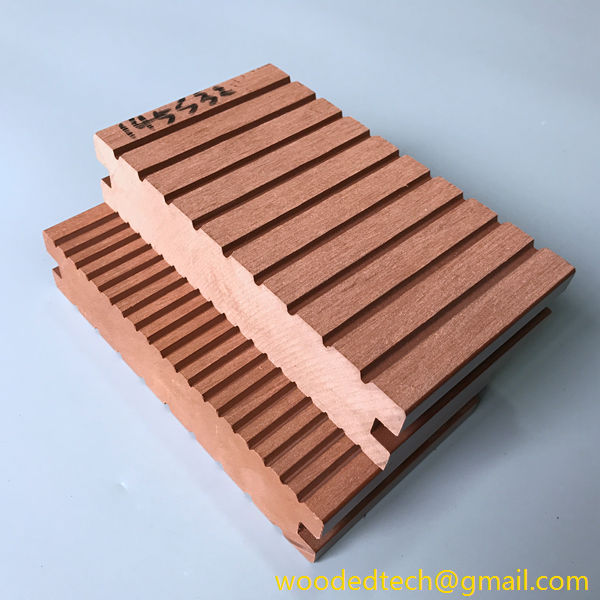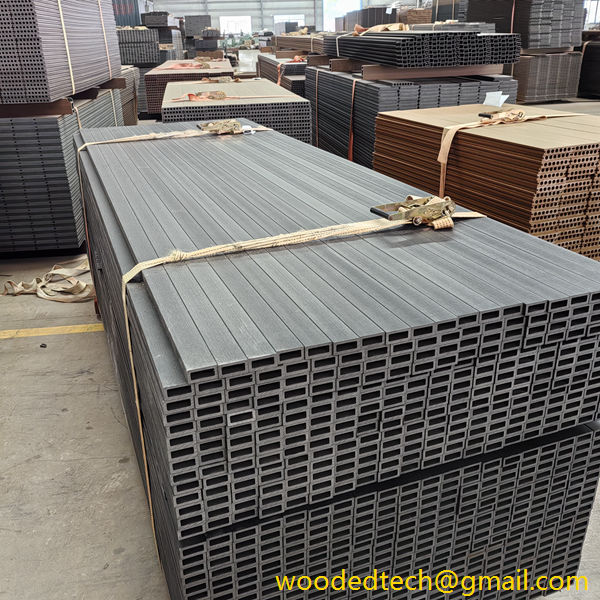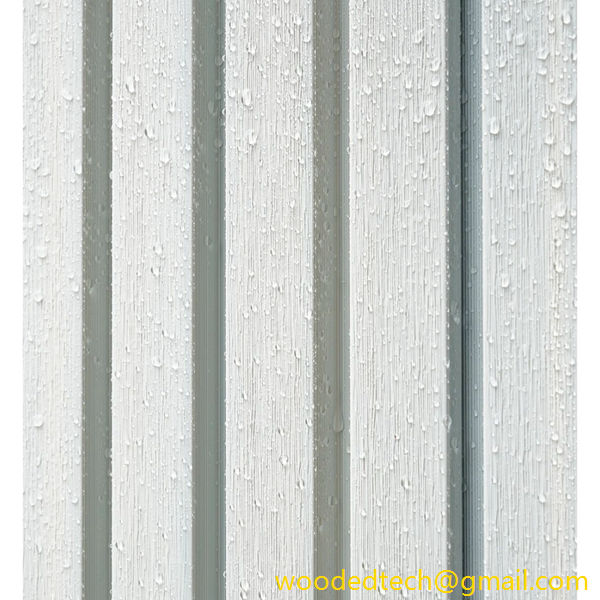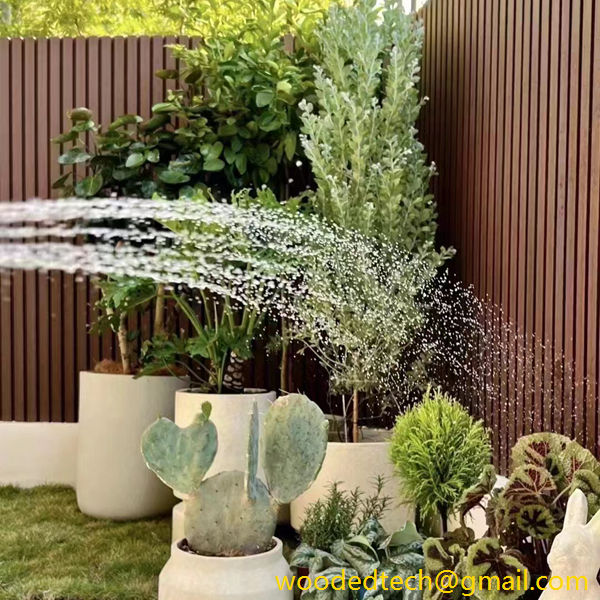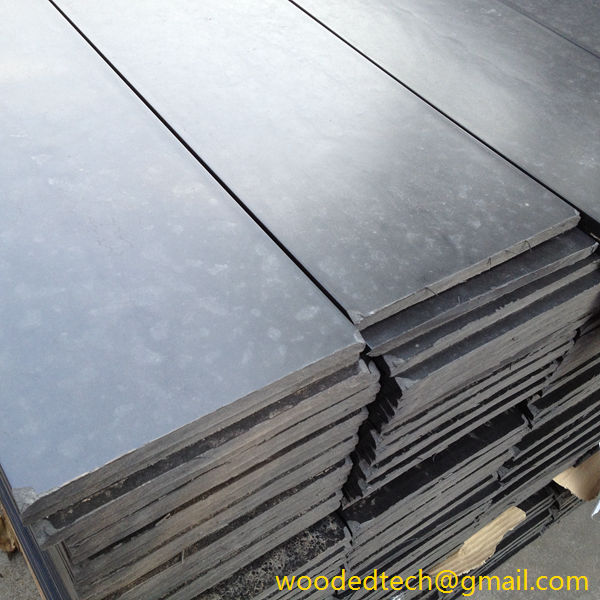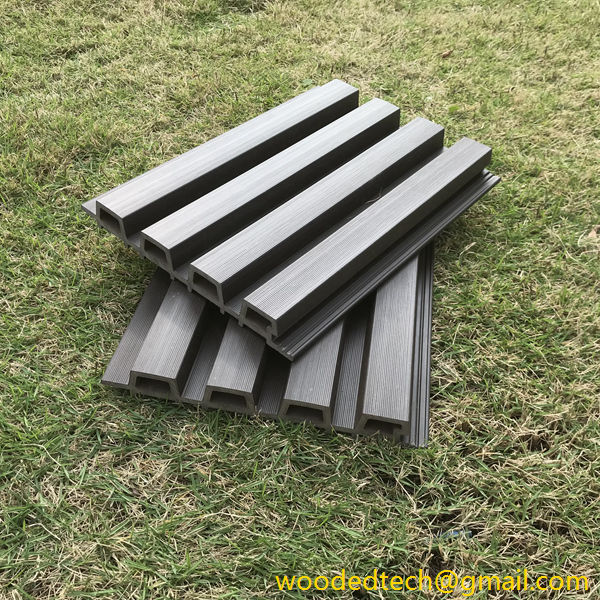Understanding Outdoor Composite Wall Panels for Modern Design
Understanding Outdoor Composite Wall Panels for Modern Design In the evolution of architectural design, attention to both aesthetic appeal and functional durability has led to the rise of innovative construction materials. Among these materials, outdoor composite wall panels have emerged as a popular choice for modern architecture. These panels combine diverse constituents to deliver not…
Understanding Outdoor Composite Wall Panels for Modern Design
In the evolution of architectural design, attention to both aesthetic appeal and functional durability has led to the rise of innovative construction materials. Among these materials, outdoor composite wall panels have emerged as a popular choice for modern architecture. These panels combine diverse constituents to deliver not only beauty but also versatility, resilience, and sustainability. This article explores the attributes of outdoor composite wall panels, highlighting their production technologies and implications for contemporary architecture.
Composite wall panels are typically fabricated from a combination of materials, including wood fibers, plastics, and various additives. This process allows for the creation of materials that possess the best qualities of each constituent. For example, the use of wood fibers contributes to a natural appeal, while plastics enable moisture resistance and durability. The synthesis of these materials results in a lightweight product that can withstand harsh weather conditions, making composite wall panels suitable for outdoor applications.
The manufacturing process of outdoor composite wall panels involves advanced technologies that facilitate high efficiency and minimal waste. One common method is extrusion, where the composite mixture is heated and forced through a die to shape the panels. This process allows for precise control over the panel’s dimensions and density, ensuring uniformity in production. Furthermore, innovations in extrusion technology enable manufacturers to create panels with varied textures and colors, enhancing their aesthetic properties without compromising performance.
Another production method gaining traction is compression molding, which involves placing the composite material in a mold and applying heat and pressure. This technique can create thicker panels that are particularly suited for applications requiring higher strength. The ability to tailor the material properties, such as rigidity and thermal resistance, through compression molding positions it as a viable option for architects seeking specific design characteristics.
The adaptability of outdoor composite wall panels extends beyond their structural properties. They can be designed to mimic the appearance of natural materials like wood or stone, offering a palette of options for architects and designers. This aesthetic versatility allows for seamless integration into various architectural styles, from contemporary minimalism to rustic charm. As a result, outdoor composite wall panels contribute not only to the building’s exterior but also to the overarching design narrative.
The sustainability aspect of outdoor composite wall panels cannot be overlooked. Many manufacturers utilize recycled materials in their production processes, reducing the environmental footprint associated with new resource extraction. The incorporation of recycled plastics and wood fibers aligns with the growing demand for eco-friendly building materials. Additionally, composite panels often require less energy for production compared to traditional materials, leading to a reduced carbon footprint.
Moreover, outdoor composite wall panels are designed to be low maintenance, which is an appealing feature for both builders and homeowners. Unlike traditional materials that may require periodic staining or sealing, composite panels are engineered to resist fading, cracking, and warping. This durability translates into substantial cost savings over time, as the need for upkeep is significantly minimized. Consequently, the long lifespan of composite wall panels contributes to their recognition as a sustainable building solution.
The versatility of composite wall panels also extends to their application in different building types. From residential homes to commercial structures, these panels can be employed in a variety of contexts. They can function as façade elements, providing an attractive exterior finish, or be used as part of an insulation system to enhance energy efficiency. In recent years, there has been a growing trend towards using composite panels in modular construction, where speed and efficiency are paramount; their lightweight nature and ease of installation significantly reduce construction time.
When considering the integration of outdoor composite wall panels into modern design, several factors should be taken into account. Climate conditions play an essential role in the selection process, as different materials offer varying levels of resistance to moisture, temperature fluctuations, and UV exposure. Understanding local environmental conditions will guide architects and builders in choosing the right product for specific applications.
Additionally, building codes and regulations demand careful consideration in the selection of materials. Composite panels must meet safety standards for fire resistance, structural integrity, and environmental impact. Ensuring compliance with these regulations is crucial for the long-term success and sustainability of any construction project.
In conclusion, outdoor composite wall panels represent a distinctive intersection of material technology and modern design principles. Their advanced production techniques, aesthetic versatility, and sustainability make them an attractive choice for architects and builders alike. As the industry continues to advance, the potential for innovative applications of these materials is vast, leading to an exciting future for architectural design. The synthesis of form and function that composite wall panels provide exemplifies the direction in which contemporary architecture is headed—one that values quality, sustainability, and ingenuity.

